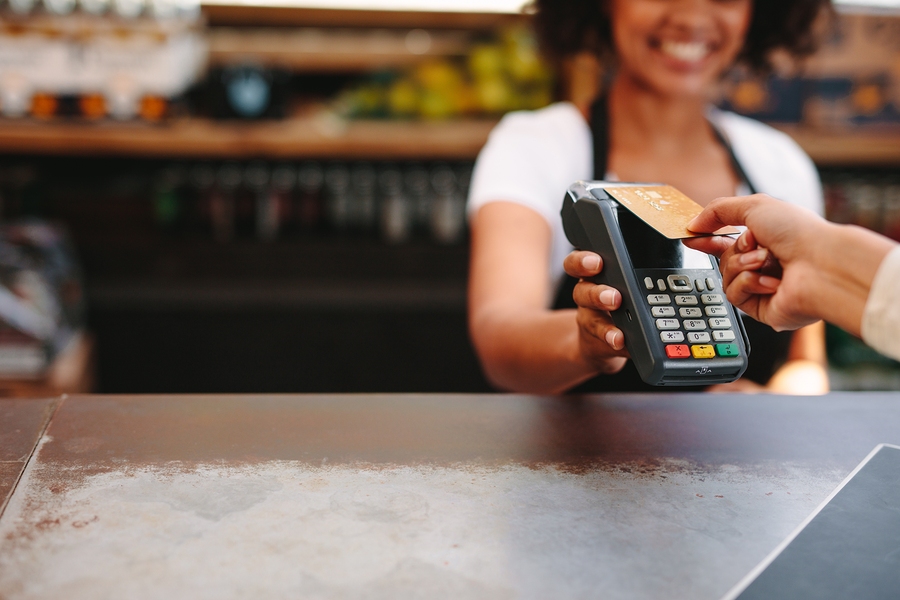Will the pandemic put an end to paying with cash?
Cash use was already in decline – and Covid-19 has accelerated the trend, but will it recover?
In March 2019, around a year before coronavirus lockdown was introduced, an independent review warned that sleepwalking into a cashless society would leave millions of people behind.
The Access to Cash Review, chaired by Natalie Ceeney, said consumers needed a guarantee that they can access and use cash for as long as they need to.
Fast-forward to 2020 and cash use has declined rapidly, as people’s usual shopping and spending habits have altered due to the pandemic and lockdown restrictions.
So, will the coronavirus crisis be the death knell for coins and banknotes?
Here’s a look at the dramatic change in cash use since March this year, and what is being done to protect it.
Shopping and spending habits have seen a huge shift…
Some shops have declined cash during the pandemic. Worryingly, Which? recently found some shoppers have been unable to buy basics, such as groceries and medicines, because they only had cash on them.
The contactless spending limit also increased from £30 to £45 in April, making it easier for people to pay by card, when they may previously have used cash.
There has also been a boom in online spending as people have spent more time at home, whether for work or leisure. Online card spending reached a record high of £21.8 billion in July, according to trade association UK Finance.
ATM use has declined – and more cash machines are set to go…
According to Link, the UK’s cash machine network, ATM withdrawals across the UK plunged by around two-thirds (65%) on average in early April. Though withdrawals have recovered since then, they are still down on average by around 35% on a year earlier.
There are currently 42,000 free-to-use ATMs across the UK and 13,000 charging ATMs, according to Link. But in the early stages of the pandemic, around 7,200 ATMs were closed across the UK. Many of these were in premises that closed due to restrictions in place at that time.
In a further development, it has been announced that around 600 ATMs at post offices across the UK are set to be shut by March 2022.
The Post Office is making a £16 million investment that will result in it owning and operating around 1,400 free-to-use cash ATMs, which will be fitted with the latest technology. The 1,400 ATMs being retained include nearly 60 which are not commercially viable, but are in locations where the next free-to-use machine is some distance away.
Due to an agreement already in place between the Post Office and many banks, customers can do their day-to-day banking at Post Office counters – including withdrawing cash.
But despite ATM closures and declining cash use, some initiatives are helping to support cash access – and more could be in the pipeline…
Several measures should help to support cash availability. In October 2019, Link launched a ‘request an ATM’ initiative. Some 37 communities now have new free-to-use ATM.
Nick Quin, Link’s head of financial inclusion, says: “We’ve seen a huge drop in ATM use over the past six months in certain parts of the country, especially in big cities where people continue to work from home or in a small number of rural areas, where the local ATM may have temporarily closed.
“However, this data is important because while we are using less cash as a society, there are still millions, quite often in the most deprived areas, who rely on it. Cash use can be completely different on one side of a town to another.”
There’s also the Community Access to Cash Pilots (CACP) initiative, which is trialling various solutions to help keep cash sustainable. And the Post Office hasn’t ruled out operating more ATMs in future.
Meanwhile, the UK Government is also planning to legislate to protect access to cash. One idea being considered is that retailers themselves could become more like ATMs – as cashback could be widely available in shops without consumers needing to make a purchase.
And what does Natalie Ceeney, who chaired the Access to Cash Review, think about the impact that coronavirus has had on cash access?
“Before Covid, we realistically thought we had two to three years to prepare,” says Ceeney. “Consumer changes brought on by coronavirus mean we need to act now.
“We are becoming more digital,” she adds, “but to make sure we bring everyone together, we need proper planning to ensure that no one is left behind.”
What are your views? Do you use cash on a day to day basis? Have you switched to card payments for most purchases? What do you still use cash for?




















